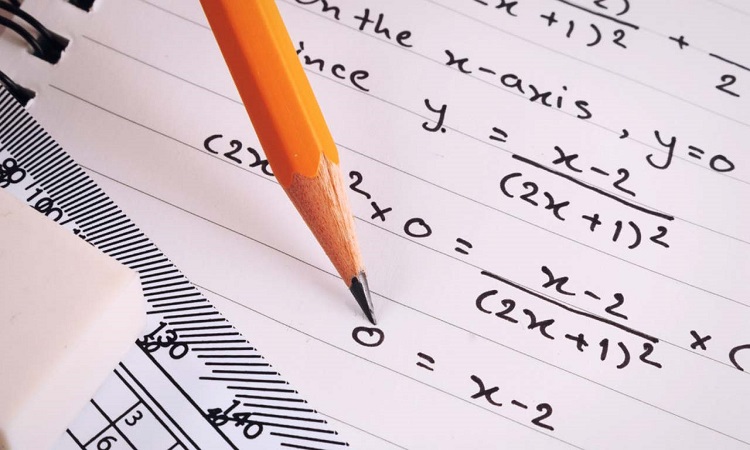Learning mathematics is a complex and challenging task. The teacher must handle a variety of students with different conditions in a class. Some students have special educational needs, both those who may struggle to understand and those who have easy maths.
– Inclusion means that the student experiences himself as an active participant in the teaching. My doctoral thesis concerns how students in special educational needs in mathematics experience inclusion in the teaching and what makes them feel included. Just students’ views on learning and teaching have been rare in research into mathematics didactics, so my results give new perspectives, says Helena Roos.
The results are presented with the help of three areas, so-called discourses, which describe how pupils perceive inclusion and what frames and influences their perceptions.
The structure of mathematics teaching in the form of textbooks, teaching groups, discussions and reviews in the class.
Assessment in the form of grades, tests, and how tests are designed.
Accessibility in the form of challenges, or lack of problems, in mathematics tasks and teachers’ pedagogical skills.
Helena Roos’s findings can be used by teachers in mathematics to reflect on partly what influences pupils’ active participation in the teaching, and how to find and work with factors that can promote the inclusion of pupils. The results can also be used by specialist teachers and school leaders to better organize for integration, not only in mathematics but also generally.
– There is no one size fits all solution; it always depends on the students and teachers involved. A variety of students require diversity in mathematics education, says Helena Roos.
Research:
The meaning (s) of inclusion in mathematics in student talk: Inclusion as a topic when students talk about learning and teaching in mathematics




